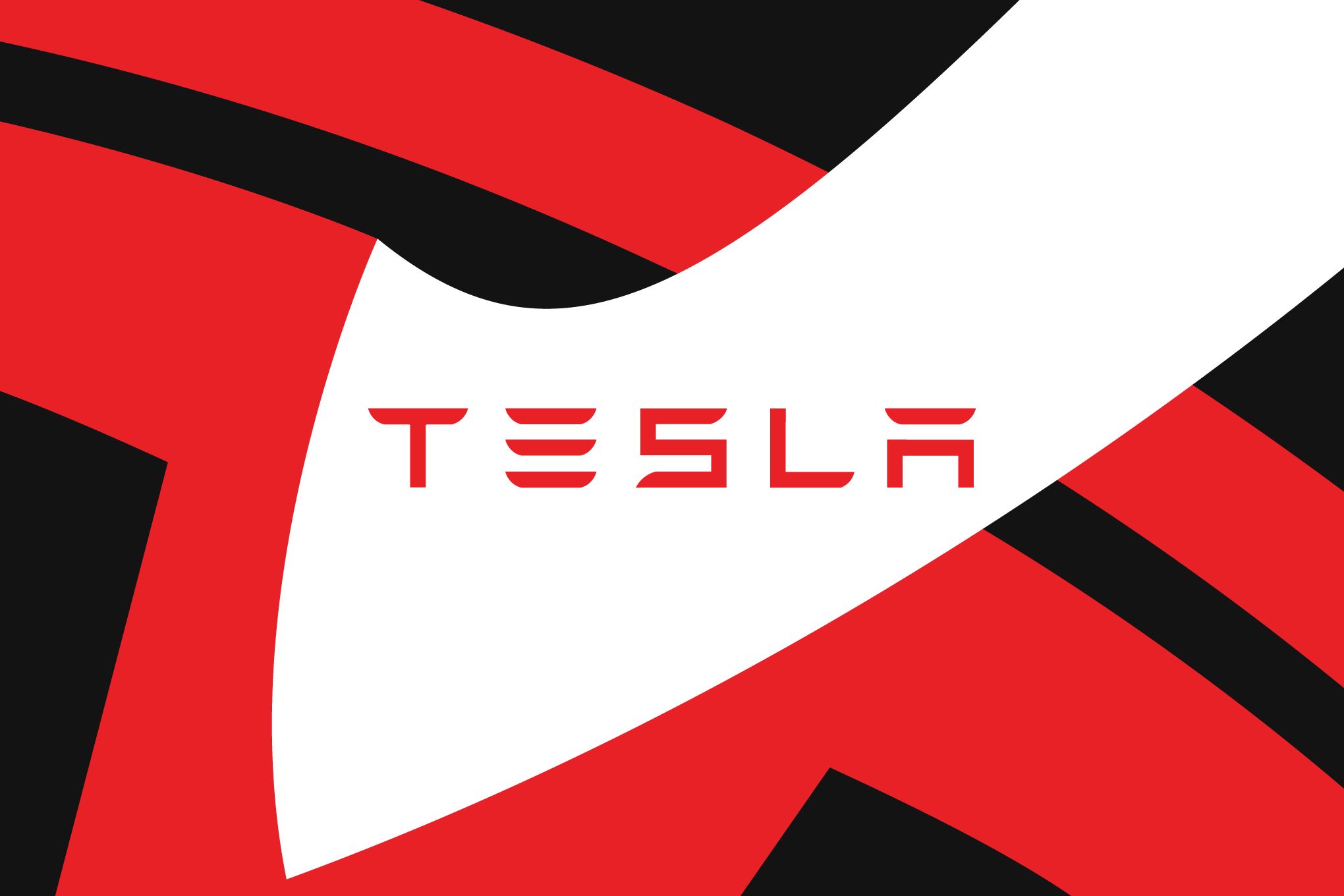Tesla just dropped a game-changer for the utility industry. The company's new Megablock system promises to slash construction costs by up to 40% while speeding up installations by 23%. It's the kind of plug-and-play solution that could finally make large-scale energy storage as routine as installing a new server rack.
Tesla just handed utilities their holy grail - a battery storage system that doesn't require months of on-site construction nightmares. The company's surprise Megablock announcement at yesterday's Las Vegas event sent ripples through the energy storage market, promising to turn utility-scale deployments into something closer to installing oversized Lego blocks.
The numbers tell the story utilities want to hear. Tesla's pre-engineered approach moves more assembly work into controlled factory environments, translating to 23% faster installation times and construction cost reductions of up to 40%. For an industry where project delays and budget overruns are practically baked into every proposal, those figures represent a fundamental shift in how large-scale storage gets deployed.
"Megapack is our utility-scale energy storage platform, a key part of our mission to achieve sustainable abundance via sustainable energy," Tesla announced on X. The company positions the Megablock as a complete plug-and-play solution, bundling hardware and software services to help utilities respond to surging electricity demands from data centers, electric vehicles, and industrial electrification.
At the heart of the Megablock sits Tesla's newly unveiled Megapack 3, representing the company's third-generation utility storage technology. The engineering team "drastically simplified" the thermal management system, reducing connection points by 78% to minimize potential failure modes. Most intriguingly, Tesla adapted its Model Y heat pump technology - essentially putting it "on steroids" - to handle the thermal demands of utility-scale operations.
This isn't just about incremental improvements. The energy storage market has been wrestling with installation bottlenecks as demand explodes. Grid operators are scrambling to add storage capacity to balance renewable generation, while data center developers need backup power solutions that can deploy quickly. Tesla's factory-first approach could reshape how these projects get executed.
The competitive landscape just got more complicated for established players like Fluence and Powin Energy. Tesla's vertical integration advantage - controlling everything from battery chemistry to software - becomes more pronounced when packaged as a turnkey solution. Traditional energy storage developers typically juggle multiple suppliers and integration challenges that Tesla now claims to solve in-house.

